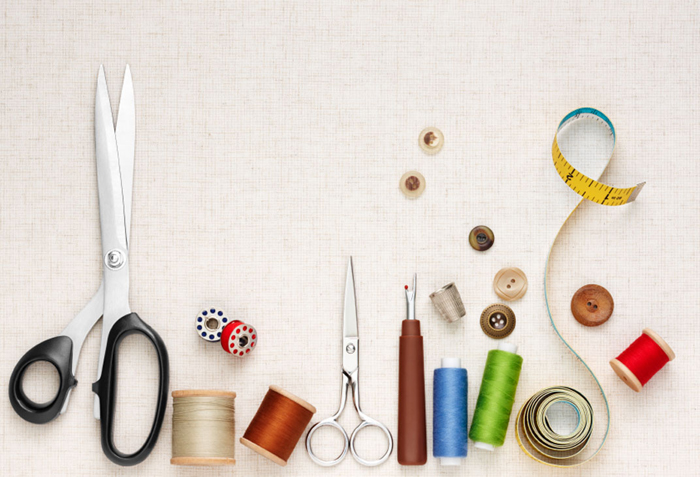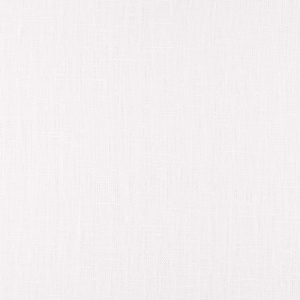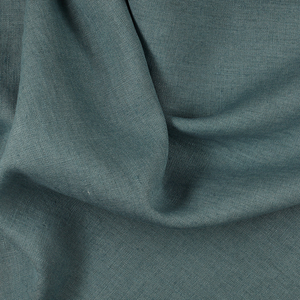Sewing Tips: Easy Solutions To Pesky Problems
I’ve been sewing for the past 18 years, and I would love to share with you some tips and tricks I’ve found that help me with my projects.
Today’s tips and tricks: Turning out tubes!
Sewing and “turning out” tubes (turning the fabric so that the seam is on the inside of the tube and the nice, finished edge is on the outside of the tube) is one of the most annoying steps in completing a great sewing project. However, there are so many projects that require it:
- spaghetti straps (for shirts and dresses),
- skirt ties,
- gowns,
- corsets,
- vests,
- and so much more…
I bet it’s the part of your project that you save for last, isn’t it? I know I do!
While there are many ways to turn a tube right side out, some are more suitable to certain projects than others. Here are a few easy methods I’ve aquired over my years of sewing that will help you overcome this pesky step:
The good old “safety pin” method:
Most sewers will know this one. Seam up your tube, attach a safety pin to the end, and carefully run it through the inside of your tube, turning the fabric as you go.
The only limit is the size of your safety pin, so it’s great for making very thin tubes!
Keep a watch out for pins that come un-done in the middle of the tube, though. I’ve made my finger a pincushion from that before.
The “œmagic trick” method:
This involves using bias tape to turn the fabric. Fold your fabric with the bias tape inside. Seam the tape at the end of the tube, and then seam your tube while being careful not to catch the bias tape in the tube’s seam.
When you’ve finished your seam, hold the bias tape in one hand, and slide the tube down the bias tape. When you’re done, you’ll have a tube that’s been turned right side out, with one end sewn to the bias tape. Cut that end off and you’ll have your tube!
This can also be done with rat-tail cords, but be careful if you decide to use ribbon, because it may tear halfway through (I have to admit, I’ve done this quite a few times and had to start over with a safety pin).
A loop turner:
This is a long metal rod with a hook design at the end, which resembles a long crochet needle. The hook goes through the tube and pierces the end of the fabric. You then feed the end of the fabric through the tube.
As long as the rod is thin enough, you can do incredibly thin tubes with only the hook’s width as a limitation.
“œQuick Turn” fabric tube turners:
This is a product that includes a short tube (like a short bit of plastic pipe) and a wooden or metal dowel. It’s one of the easiest methods to turn a fabric tube, and comes in many sizes and widths to allow for larger or smaller tubes.
Insert the hollow pipe completely in the tube of fabric. Next, insert the dowel into the pipe, pushing one end of the fabric into the pipe as well.
Keep pushing the dowel through until the fabric appears on the other side, right side out! Then just pull the fabric through and your tube will be completely turned.
Bodkins:
Because of it’s extreme versatility, this is my personal favorite method of turning fabric.
Using bodkins allows you to turn large or small pieces of fabric, and even things that aren’t tubes, like when you’re working with lining garments. It’s a small, metal object that looks like a pair of tweezers with a metal strap around it.
Use the bodkin to grab onto one end of the fabric and shift the metal strap down, so it keeps the “tweezer” end closed on the cloth. Then slide it through the fabric tube to the opposite end.
You have just turned a tube in seconds!
My first bodkin was like a revelation! I was finally able to turn fabric without fighting with the safety pin and I found it was great for other things as well:
- guiding ribbons through lace,
- stringing ties through corset grommets,
- threading elastic through seams
It’s not a one-job tool, and that’s why I prefer it most.
Let us know what method you prefer to use when turning your fabric tubes in the comments below!















































14 Comments
Mary Jeane Hayes
I hope no one minds me adding another notion I discovered 2 months ago and can’t sew without.
It’s a dental hook. it’s in a package where all the dental assoesories. the package has Denal pic and mirror and another pick.
I can’t sew without the small hook.
When you are trying to pull the bottom thread up and it’s a tiny loop, you can hook it with the hook and it comes right up. when threading the machine and it comes up a small loop you can hook it. I have it by my sewing machine with my clippers. Hand sewing sometime the threader makes a small loop, I’m able to hook it and pull the rest of the way thru. thanks for reading and thanks for all the great hints mjh
Michaela Smith
Hi Mary! Thank you for adding that idea in, it is pure genius. I’ll have to look into getting this for my sewing bin.
Mary Jeane Hayes
My favorite is my serger. make a long chain then serge the tube. when done just slide it down the chain.
#2 have a piece of string , and using your sewing machine, sew the string to the top, then lay down the string and sew your tube and carefully pull it down. and you have a tube. I also have the metal tubes but some times my strap is to small. But I did find a good use for the metal tubes. I was making a miniture 6 inch x6in quilt I had 55 petals they were awful to turn in side out. I used the metal tubes,Viola! it worked-I turned all the petals and leafs in 10 min.! mjh I learn something each day
Audrey G
……..all these years! Lol. I’m going home and make a boatload of tubes and turn them, just cause I now can. Thank you soooo much
Joan
When working with thinner tubes such as the lady with seersucker sew a narrow seam repeating the sewing twice just a notch away from the first seam use a smaller stitch length. Now trim that seam close to the second stitching this reduces bulk making it easier to turn. You may want to start your turning inside out with a pin pushing the fabric down into the tube to start it. use heavy type thread such as heavy quilting thread.
Gena
Thanks for giving us so many alternatives. I have had a hard time with a narrow (abt 3/8″ sewn) tube made from searsucker. These are ties so one end is sewn closed. The metal tube turner would not do it. I didn’t know what else to do then envisioned the bias tape method and tried that. No go. I figured because of the fabric texture it was next to impossible so I was going to simply turn the edges under and top stitch them together and then top stitch next to the fold. Then I kind of envisioned the dowel in a rigid tube, but don’t have anything around I can use. I never thought about the safety pin. I guess I will try that, then go back to the top stitching alternative. No store around here to buy a bodkin and need to get back on this project. I’ve left it sitting for a month now.
Michaela Smith
Hi Gena! Thank you for your comment. I wonder why the seersucker is giving you so much trouble? I would really recommend giving what Joan (in the comment below) suggested a try, maybe on a small test piece. The stronger, smaller seam should help the fabric turn easier. I hope the rest of your project goes swimmingly! 🙂
Laurie Healy
These were some fantastic ideas! Thank you so much. I plan on pitching my safety pins in favor of one of the other methods. Any idea where I can find a bodkin? Sounds like a must have sewing tool.
Michaela Smith
Hi Laurie, thank you so much for your kind words. Here’s a link to Amazon that has the kind of bodkin that I mentioned above: http://www.amazon.com/arts-crafts-sewing/dp/B0038DVP3M This actually comes with two different kinds, though the one on the left side of the package is the kind I use. 🙂
Mary Jeane Hayes
any of the sewing catalogs have them . also joann. or any fabric store. Good luck .
Elaine
Wonderful. Lots of help. Thanks
Susan Glad
Thank you very much for those great turning tips. I’ve been sewing off and on for years and still hadn’t tried the bias tape one , nor the bodkin one- which sounds great. I’ve been in a safety pin rut & appreciate the encouragement out of it. I also think it was a great piece for new sewers. Thanks again.
Barbara Windom
I mostly used the safety pin method
Joyce Murray
To make a fabric tube: I use a piece of strong string or twine. I attach it across the end of the fabric, then fold the fabric with the string or twine inside and stitch the side. After it is sewn, I gently pull the string or twine through the tube. Be careful with sewing that you don’t get the string or twine caught in the stitches.